Turns out this purebred Ferrari race car was hiding in Plain Sight under a Porsche race car body…
by Wallace Wyss –
Now back when I first noticed Ferraris in the Sixties, I barely knew the different models, like 250 LM but they were changing hands at say, $7,000 because vintage racing hadn’t created the market yet, and communication (i.e. finding a mechanic and parts) was spotty before the internet.
The good deal, the time to buy in essence, was when it was in hiding. Here’s the history according to Barchetta.cc a reputable Ferrari historical site. Filipinetti raced it at the Sierre Montana Crans Hillclimb, at Monza and Monthlery and then sold it to Werner Biedermann of Basel for 58,000 Swiss Francs. He raced it in four Swiss hillclimbs. But he crashed it on his way to a race, and sold the remains to Hans Illert, a Swiss club racer.
That re-bodying happened by accident. As he was contemplating the wreck, the Swiss racer called Ferrari and they said in effect “We don’t make that car no more” and wished him luck finding a body. Then a Porsche guy happens along and says “If you cut a foot off the back I think a Porsche 906 body will fit.”
Done and done.
Illert raced it as the “Por-Fer” in deference it its mixed post-birth components.
The car changed from owner to owner for three decades.
In the last 30 years, the car has changed hands numerous times, residing in Southern California, Germany, Japan and England.
It was restored once very rudimentarily but the quality job came the second time in 1997, when the restoration was done by Dino Cognolato’s Carrozzeria Nova Rinascente in Vigonza, Italy, with mechanical work performed by Corrado Patella. In 2005, it got what is equivalent to a blessing by the Pope when it received a Certificate of Authenticity by the Ferrari Classiche department in Maranello, Italy.
On Ferrari’s website they say: “The Certificates officially attest to the car’s authenticity and also provide important documentation for buyers should the certified vehicles ever be sold.”
RM sold the car at auction for – US$9,625,000, far, far above what that first private Swiss owner had sold it for as a wreck.
RM Sotheby’s skipped over lightly its time in mufti as a Porsche, but did make sure you knew it had a racing history and hyped the idea that it was near kin to the last Ferrari what won LeMans.
RM writing, “The opportunity to acquire an historic 250 LM, the model that was the last Ferrari to win the 24 Hours of Le Mans overall, is an uncommon occurrence, especially one that has known ownership, an impressive competition record, an original chassis and engine, and is certified by Ferrari Classiche.” Tracking down the engine took some work, it had been replaced by a larger engine and the original engine sold to a 250 GTO owner.
There’s a hard and bitter lesson to be learned here. How many times have you gone to an event and, like me, seen a patched together car, in essence what could be a kit car monster, and made a studious effort to avoid it lest you be seen contemplating drek.
Yet this should teach you that a car that’s butt ugly could still very well be a purebred underneath, as this one was. I don’t know what the Swiss private owner paid, but I would say the one that got the bargain first was Illert and then the chap he sold it to after it got the Porsche body. He bought neither fish nor fowl but it turns out to be a car that someday in its future would be worth almost $10 million…($9,.625,000 to be exact…)
Below are two photos when this Ferrari had the Porsche body installed.
Let us know what you think in the Comments.
THE AUTHOR: Wallace Wyss says stories like this keep the hero of his novel Ferrari Hunters awake at night; fretting about the cars he missed….
All photos compliments of RM Sotheby’s.
Summary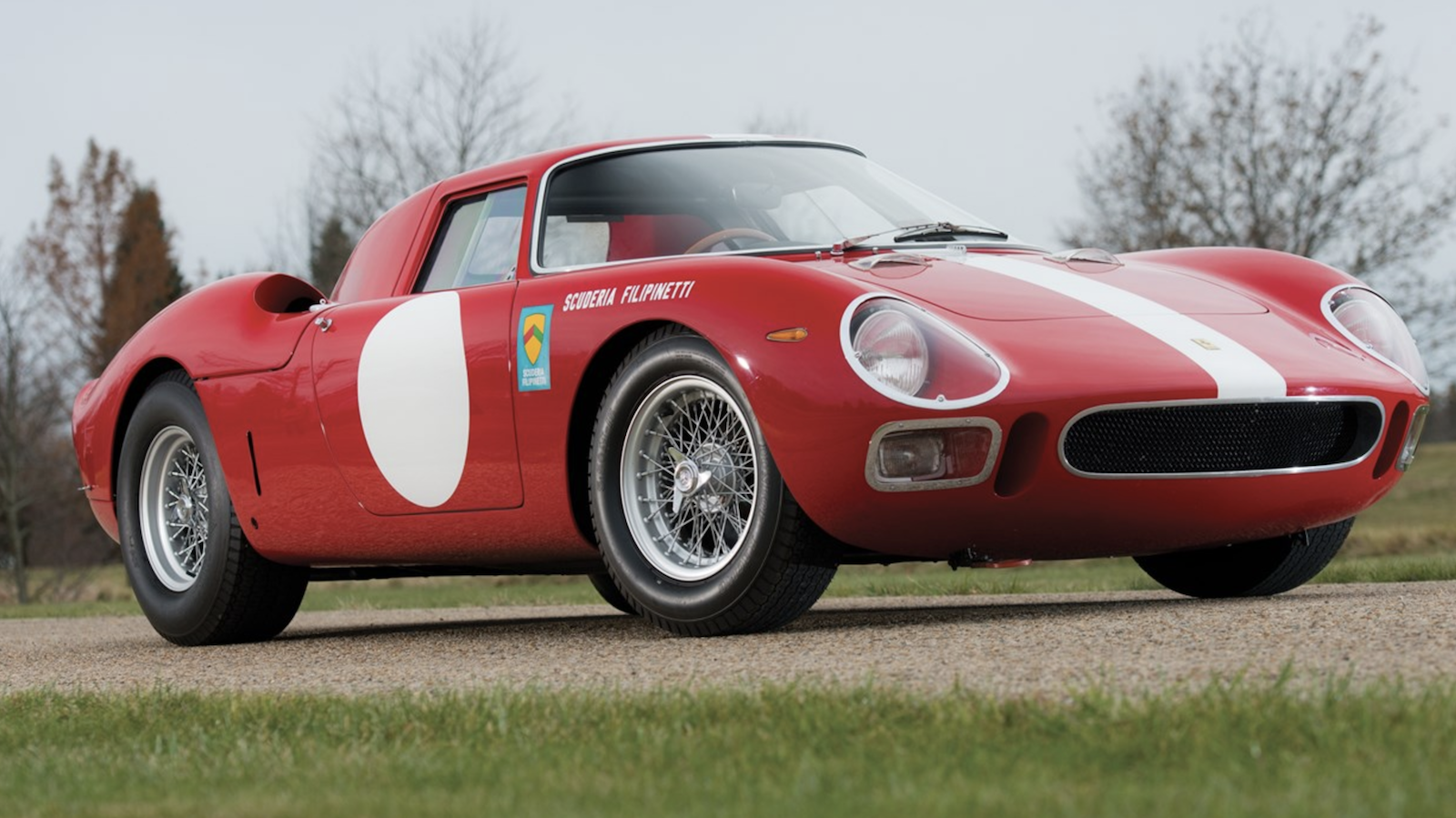 Article NameThe Hidden FerrariDescriptionDo you believe that a valuable Ferrari race car was hidden for years under a Porsche body?Author
Wallace Wyss
Article NameThe Hidden FerrariDescriptionDo you believe that a valuable Ferrari race car was hidden for years under a Porsche body?Author
Wallace Wyss

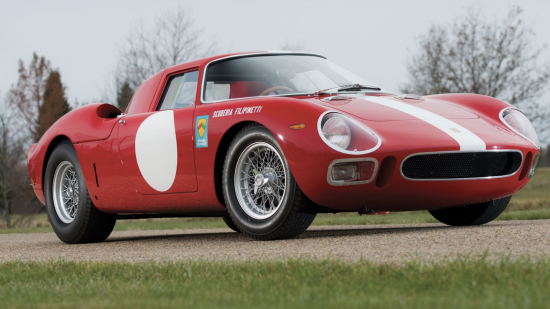
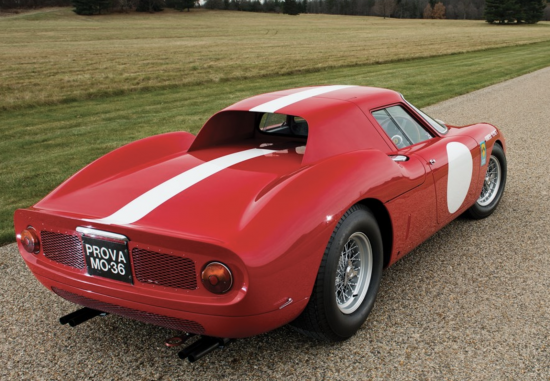
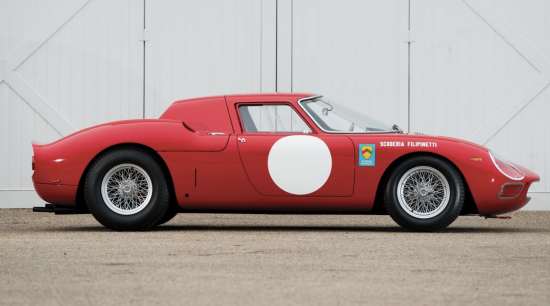
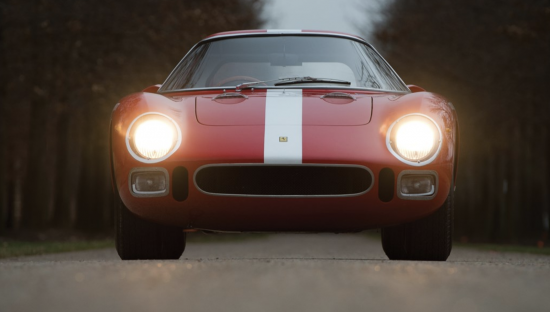
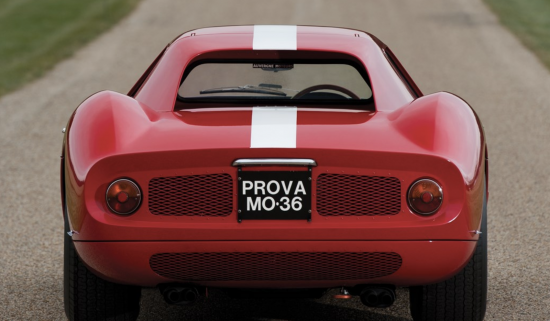
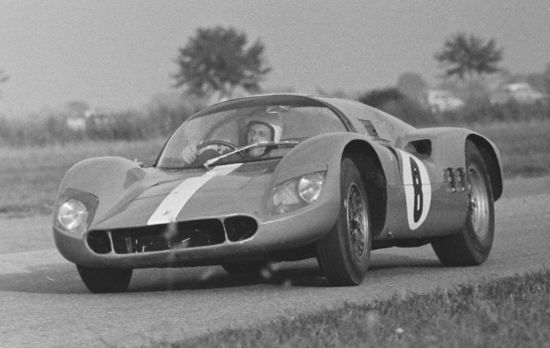
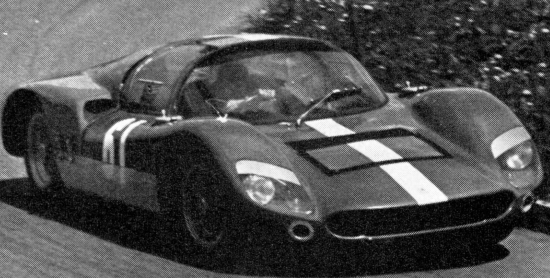


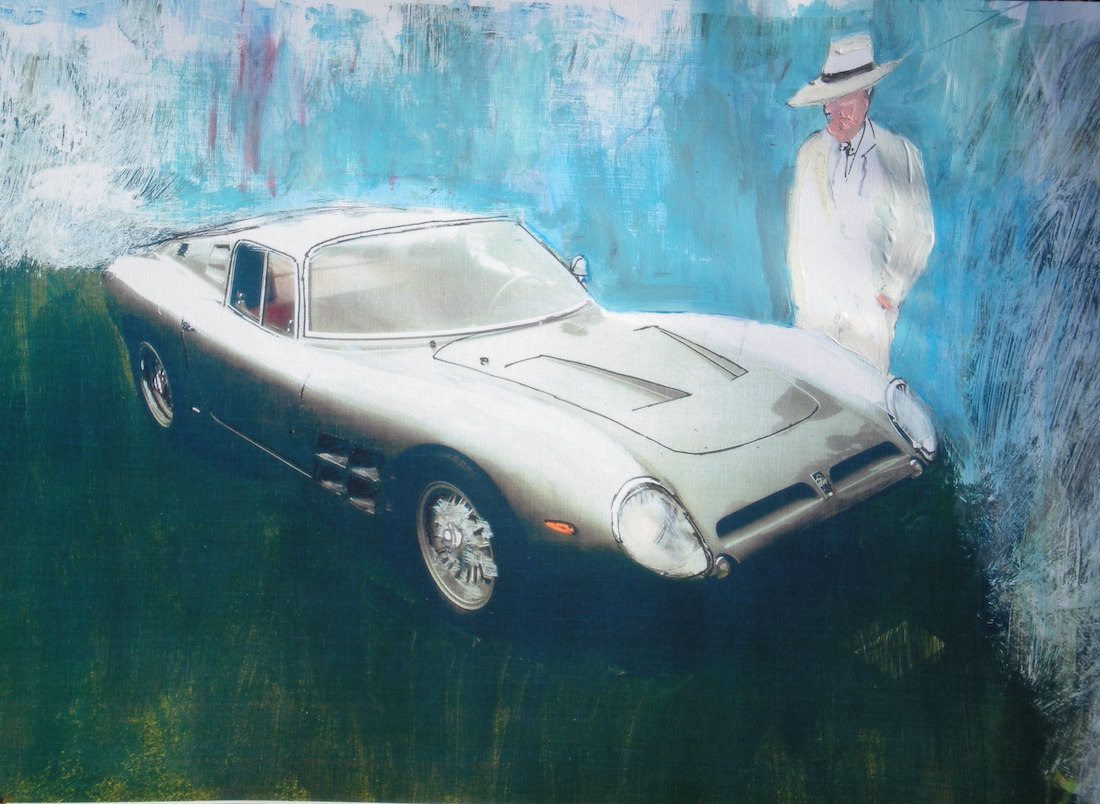

spectacularly beautiful car. Any photos of it in the Por-Fer period? would be neat to see, especially the motor compartment.
Ken,
I just added two photos of this Ferrari when it had the Porsche body – but no photos of the engine.
While I have never seen this 250LM in person, I have no doubt that for 9.6M it is a magnificently and authentically reconstructed car. That would make some people wonder about Classiche certification qualifications. I remember not that long ago reading about how critical sections of the frame, including a tube that had a VIN stamp, were removed to fit the Porsche 906 body. Nice that the original engine was reunited with the chassis, but an entire body needed to be constructed with none of the original left. Would appreciate comments from anyone that has in depth understanding of Classiche to explain the process of achieving certification on this type of car. Thanks!
I believe either in this car or another one with a butchered frame, once they made a new frame
they destroyed the original, probably to prevent that being rebuilt and challenging the car they were restoring as to which is the real car. These is stepping into deep water as far as I am concerned, if there is one part of a car I would like to see used in the restoration it is the frame. The bod, not so important (I alway s use the now sexist comment;
“Marilyn Monroe is a blue dress is the same as Marilyn Monroe in a red dress” the outer temporary covering is not important. But take www the chassis, now I am worried as to originality. I’ll let the experts in originality argue this point….
What an awesome car. Thanks for the article.